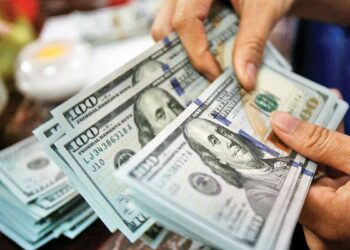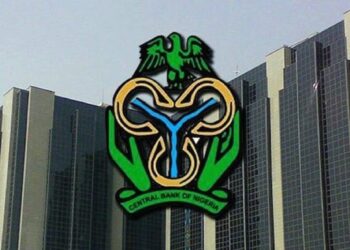Amidst the dollar’s recent robust performance, the Nigerian naira steadfastly maintained its bullish trajectory this week, bolstered by lingering concerns over persistent inflation and expectations of delayed interest rate hikes by the Federal Reserve.
Surging to a four-month high of N1,120 per dollar on the black market, the naira’s ascent was fueled by heightened activity in Nigeria’s money market. The Central Bank of Nigeria (CBN) orchestrated a series of foreign exchange (FX) reforms, injecting liquidity into the dollar supply.
Breaking through a crucial resistance level of N1200 against the greenback, the naira’s climb seems poised to continue, especially with the dollar’s strength amid robust U.S. economic indicators, suggesting a potential test of the N1000 mark.
The recent turnaround for the naira can be attributed to the CBN’s clearance of a backlog of FX requests valued at $7 billion. This milestone marks the currency’s highest trading level since mid-last year, before a significant devaluation phase initiated by President Bola Tinubu’s relaxation of foreign exchange controls in June.
Goldman Sachs notes that rate hikes in Nigeria and increased capital inflows signal a promising outlook for the naira. Moreover, regulatory measures by the CBN, including stringent control over dollar collateral for naira loans and adjustments to exchange rates for operators, have contributed to currency stability.
In contrast to the hawkish stance of the U.S. Federal Reserve, the naira remains resilient. Despite recent emphasis on cautious monetary policy adjustments, the dollar’s gains were tempered by weaker-than-expected March U.S. producer prices, with the Producer Price Index (PPI) rising less than forecasted.
While the dollar briefly declined post-PPI announcement, it swiftly regained ground, showcasing the complex dynamics influencing currency movements in the global market.
As Nigeria’s central bank continues its proactive measures to manage inflation and stabilize the naira, investors and analysts closely monitor developments, anticipating further shifts in currency valuations amidst evolving economic conditions both domestically and internationally.










